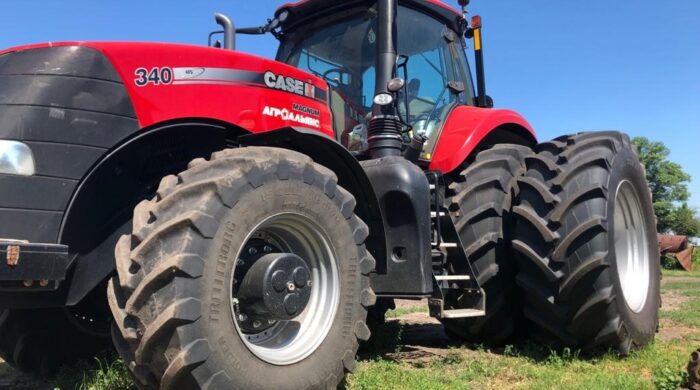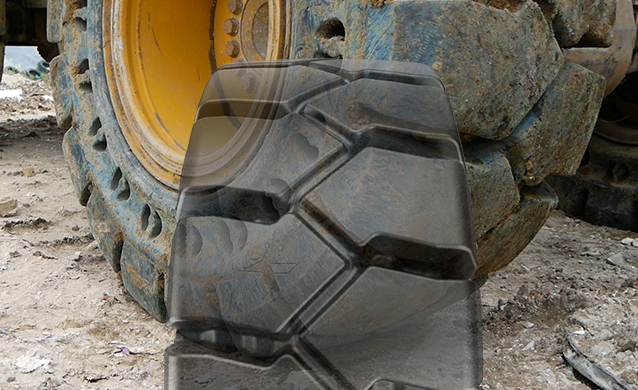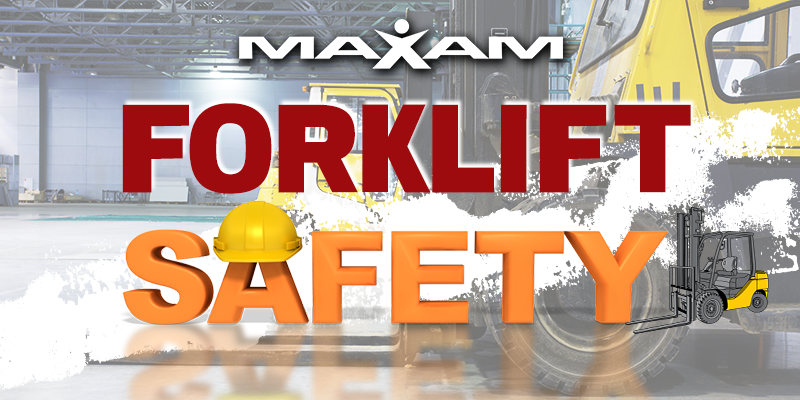
Top forklift and forklift tires safety tips
To celebrate National Forklift Safety Day, we’ve compiled some top forklift tire safety tips, as well as forklift operator checklists, for operations to maintain maximum safety and productivity.
Since forklift tires play a major role in ensuring operator’s safety & maximizing productivity, it’s important to know signs when it’s time to change tires, as well as how to prolong your tire life.
Other than checking on tire wear, there’re also signs that indicate damage on forklift tires for replacement.
Press-on tires
A general rule is to identify tire wear by measuring its current width (across the tire, not up and down). If the current width is more than two inches lower than the original width, which can be found on the sidewall of the tire, then it’s time to replace the tire.
Another method to identify press-on tires for replacement is looking at the lettering. If the tire is worn to the top of the lettering, consider a replacement.
Standard pneumatic tires
For standard pneumatic forklift tires, once the tire’s tread has worn to the point where it’s becoming invisible or you can see bald spots on the tire, consider a replacement.
Solid pneumatic / resilient tires
For solid pneumatic tires, inspect the wear band and if it’s exposed, it’s time to replace your resilient forklift tires. Here is a list of signs that identify damaged forklift tires and what to do about them.
In general, here are four common sign to determine when to replace your tire:
- Tire wear and balding
Both pneumatic and solid tires will become less effective as their tread wears down. For pneumatic tires, if the tread is nearly gone or you notice bald spots, it’s time to replace the tires. For solid cushion tires, when the size of the tire is more than 2 in. less than their original size, it’s time for new tires.
- Tire chunking
If pieces, or chunks, of your forklift tires are falling off, that’s a good sign you need to replace them.
- Tearing on tires
Similar to chunking, if your tires are tearing off in spots, they need to be replaced.
- Flat spots
Similar to chunking, if your tires are tearing off in spots, they need to be replaced.
In this article, we discuss ways to identify damaged forklift tires and what to do about them.
Other than checking for signs of potential tire replacement, other key inspection points include:
- Uneven tire wear
Check if there are any uneven signs of wear on each tire. There could be an underlying issue that is causing premature wear due to the road condition or the application.
2. Air pressure
Tires that aren’t filled to the proper pressure will wear out more quickly than tires filled to the correct PSI. Over inflation can also result in excessive tire wear.
3. Load
While you don’t want to overload the lift truck, running the forklift without a load also shortens your tire life. Without a load on the forks, the counterweight presses down on the steer tires which causes them to wear more quickly.
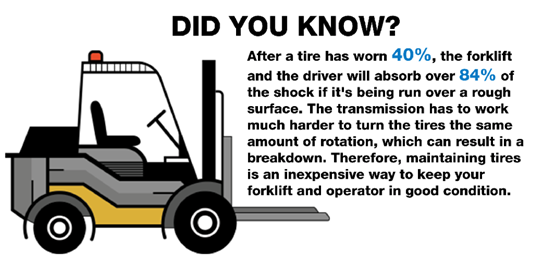
After a tire has worn 40%, the forklift and the driver will absorb over 84% of the shock if it’s being run over a rough surface. The transmission must work much harder to turn the tires the same amount of rotation, which can result in a breakdown. Therefore, maintaining tires is an inexpensive way to keep your forklift and operator in good condition.
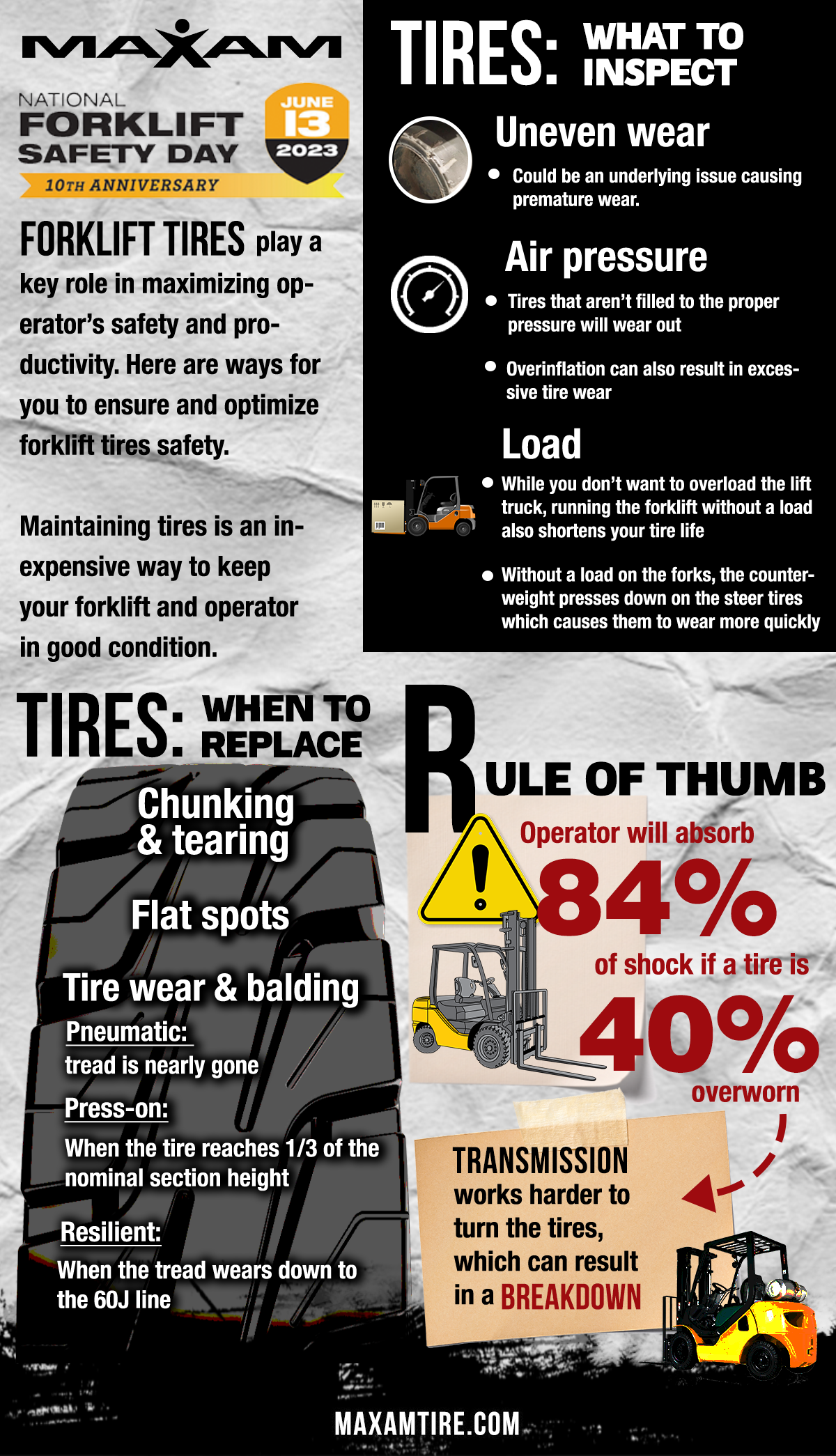
In addition to forklift tires, here are the other essentials to embed in your forklift safety program:
- Overview on regulation essentials such as training, evaluation, certification and other regulation topics
- Fundamentals on knowing your forklift, such as designated area its in, daily check, how to operate, is it the right type of forklift, etc.
- Forklift-specific training topics such as controls, forklift parts, capacity, inspection, maintenance, operator’s manual
- Workplace-specific training topics such as hazardous locations, surface conditions, restricted places, and other unique potential hazards
Below is a sample daily checklist for forklift operators to go through.
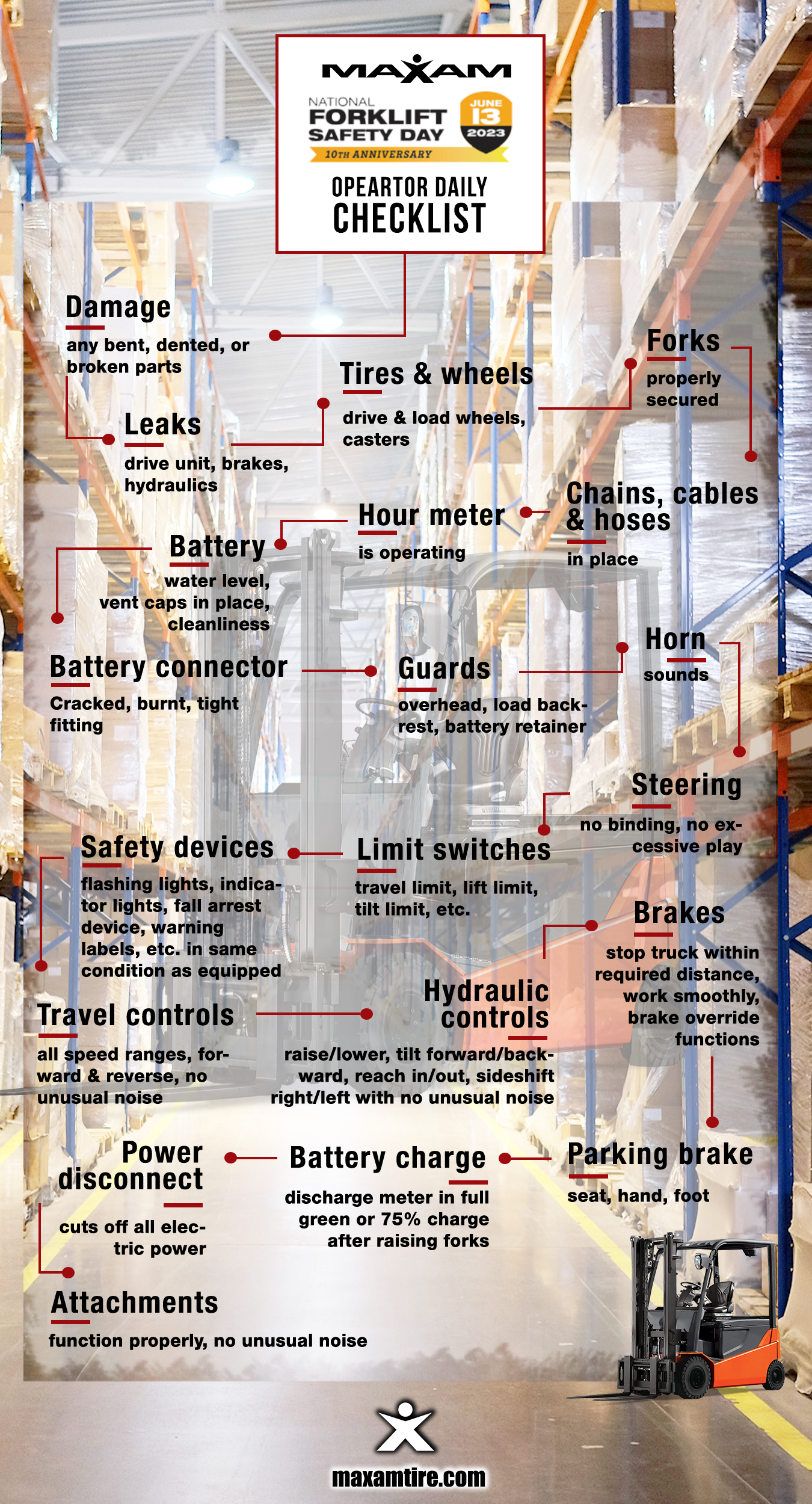
If you’re interested in more forklift tire tips, check out our technical bulletin.
Want to download the two forklift tire guide and forklift operator checklist above? Click on the download links below.
Want to inquire more on forklift tires? Contact your local MAXAM rep and find the right tire for your forklift.


